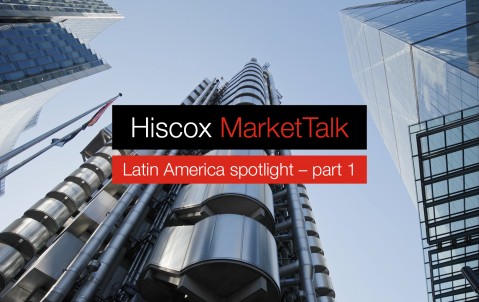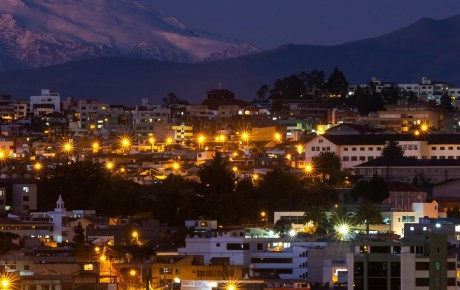
Latin America faces an "age-defining" moment
The pandemic has heightened popular discontent at social inequality in countries across the region, but governments have little money to spend.
Latin America is set to encounter further social and economic turbulence, as governments try to balance calls for greater social justice with the economic ravages created by the Covid-19 pandemic, according to experts featured in the latest edition of Hiscox Market Talk.
The pandemic is likely to trigger a surge in support for political candidates calling to overturn the existing state of affairs in countries across the region, says Daniel Linsker, a Partner at Control Risks in charge of its Mexico City Office.
“What we were seeing before the pandemic and probably will continue to see is a rise of anti-status-quo candidates,” like Jair Bolsonaro in Brazil and Andrés Manuel López Obrador in Mexico. “People are tired of the status quo, and so whichever leader, from left or right, comes up with a message that resonates with people … then that person is probably going to capitalise quite handsomely.”
Linsker says: “This is probably an age-defining moment for the region.” Governments must choose whether to appease growing calls for wide-ranging social reform with public spending programmes or implement austerity measures in response to the economic paralysis Covid-19 has caused. “For a long time, the region struggled with getting a little bit of fiscal discipline, managing debt more appropriately, and suddenly [there’s] this massive pressure to spend,” says Linsker.
Economic pressures
This year will see “more of a rebound rather than a true recovery” in the region’s economies, says Renzo Merino, Vice President-Senior Analyst at Moody’s Investors Service covering sovereign and supranational credits in Latin America.
They are likely to grow quite strongly in 2021 and 2022, but only compared to the weak growth in the past five years, which averaged just over 2%. There is a big question mark, however, over Latin America’s longer-term economic recovery. “It doesn’t feel like there’s a light at the end of the tunnel just yet,” says Napoleon Montes-Amaya, the Head of Hiscox Miami.
Fiscal deficits across the region are likely to remain high in 2021, says Merino, because the pandemic still rages in most countries. “A lot of these governments have had to continue some of the programmes that they had implemented last year to support the economy.” In Brazil, the huge public spending programme helped to bolster the economy, Merino says. Whereas Panama, historically one of the region’s fastest-growing economies, shrank by 15% Moody’s estimates, the biggest contraction in Latin America.
What this means is that governments face much bigger spending constraints than in the past, made worse by their historic debt burdens. There are growing fears of another Latin American debt crisis. “Today, governments in Latin America will have debt-to-GDP ratios … that are 13 percentage points higher than what they were before the pandemic.
But there are few growth prospects in the near term that will help the region’s governments reduce fiscal deficits while also stabilising their debt burdens, Merino says. A triple whammy of the pandemic, high poverty rates and increasing inequality could severely limit governments’ fiscal room for manoeuvre and dampen economic growth for the foreseeable future, he warns.




